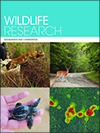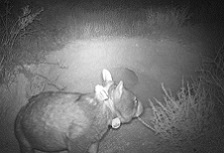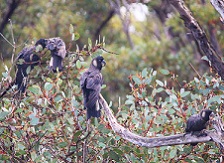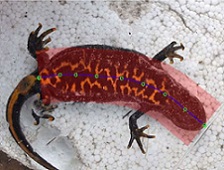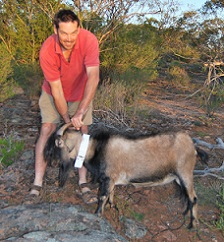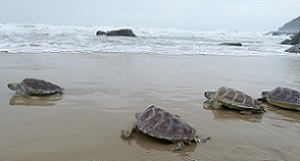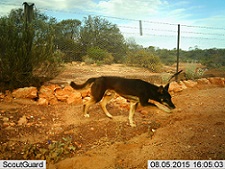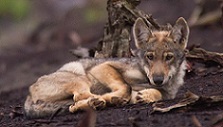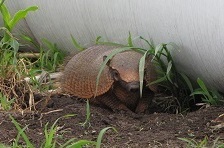WR19138Seed dispersal by Neotropical bats in human-disturbed landscapes
 , Renata L. Muylaert
, Renata L. Muylaert  , Ana Cristina Crestani, Wesley Dáttilo
, Ana Cristina Crestani, Wesley Dáttilo  and Milton Cezar Ribeiro
and Milton Cezar Ribeiro 
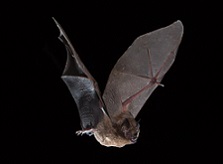
Bats are crucial for the maintenance of ecosystem functions and services within human-modified landscapes. They are important seed dispersers, especially where large birds and large mammals are functionally or locally extinct. However, the roles of bats in fragmented landscapes are misunderstood, particularly in Neotropics. In the present study, we discuss the potential influences of the habitat-fragmentation process on seed dispersal by Neotropical bats. With the development of these studies, we will better understand the bat-modulated seed dispersal process, supporting regeneration and restoration programs that benefit from bat-based functions. Photograph by Filip Szafirowski.


